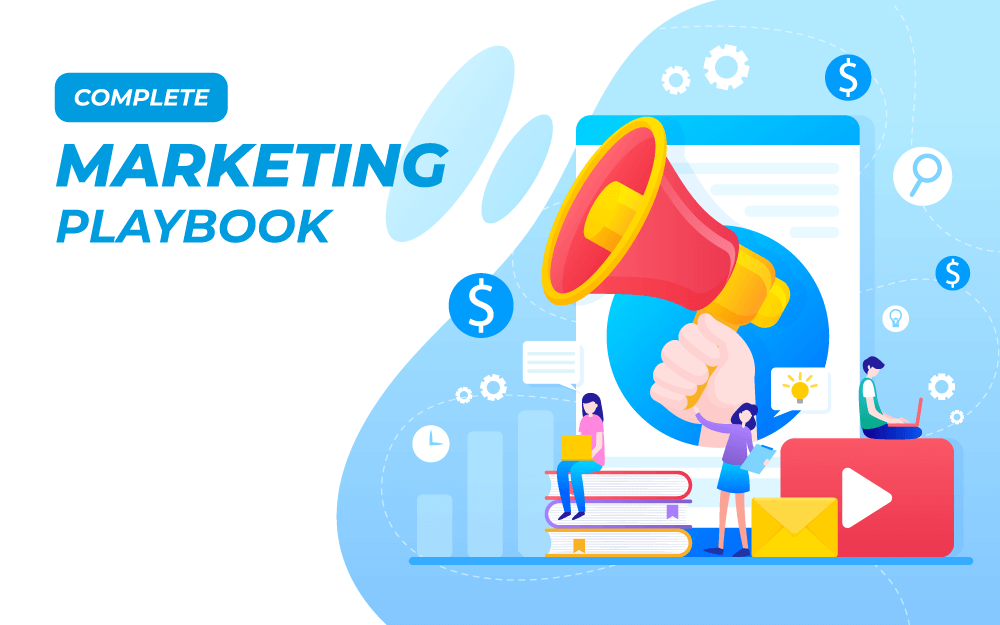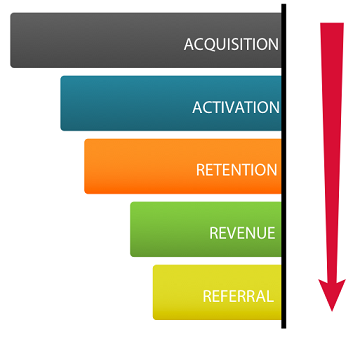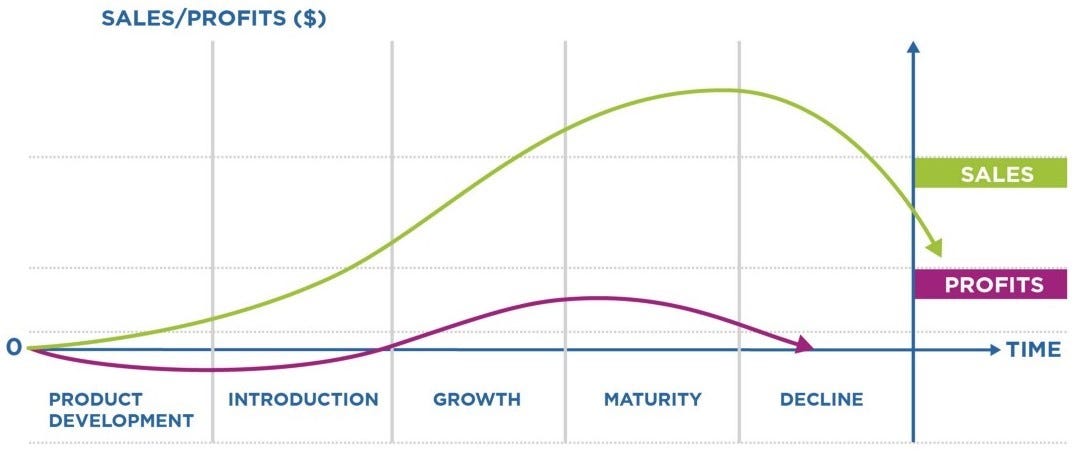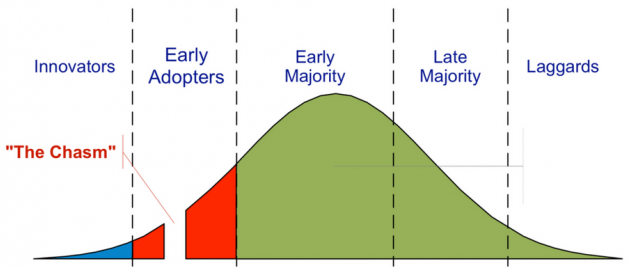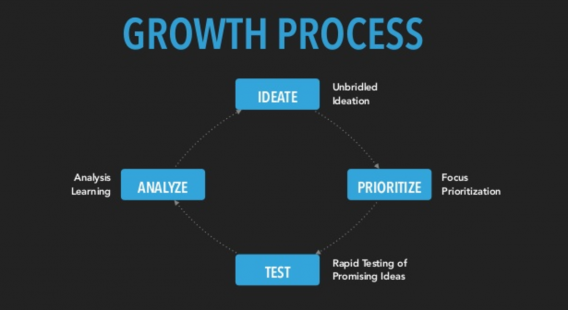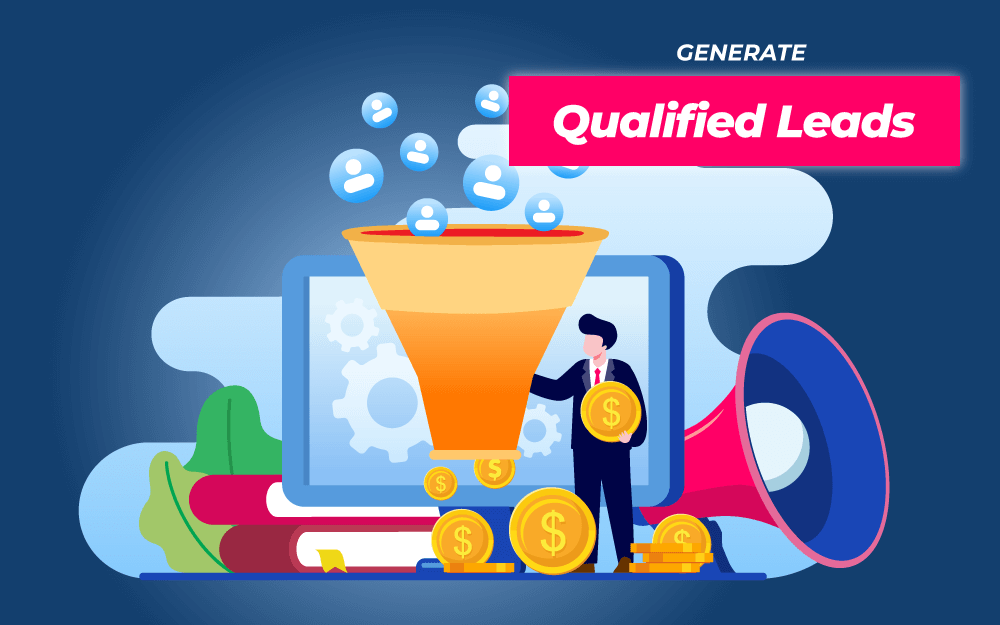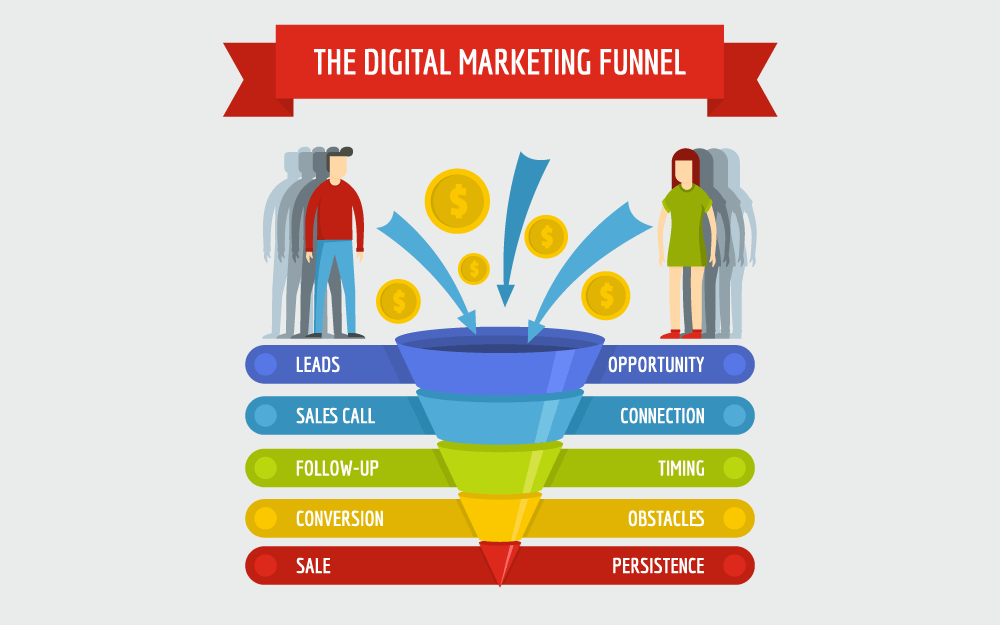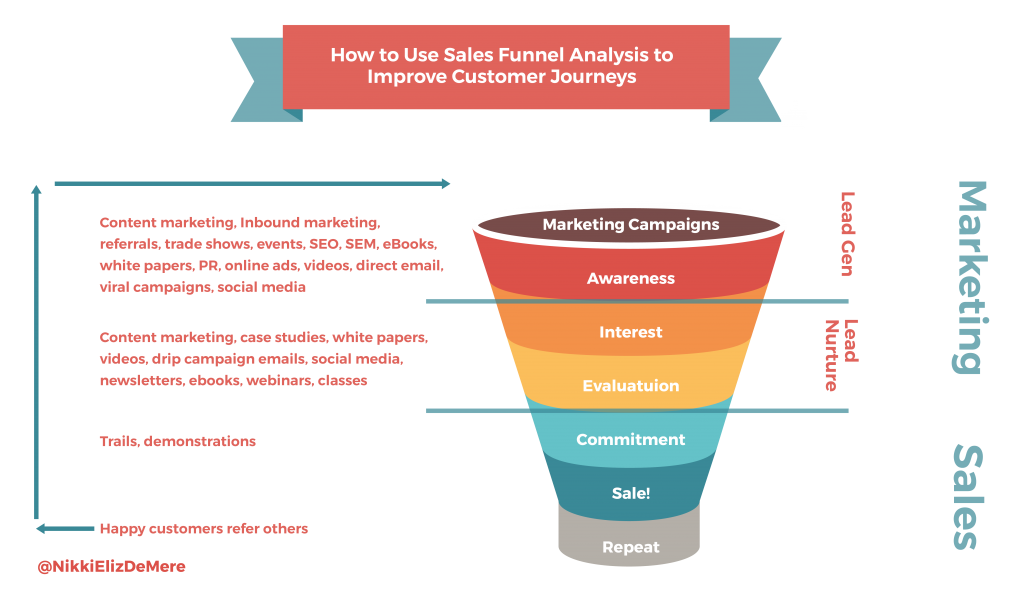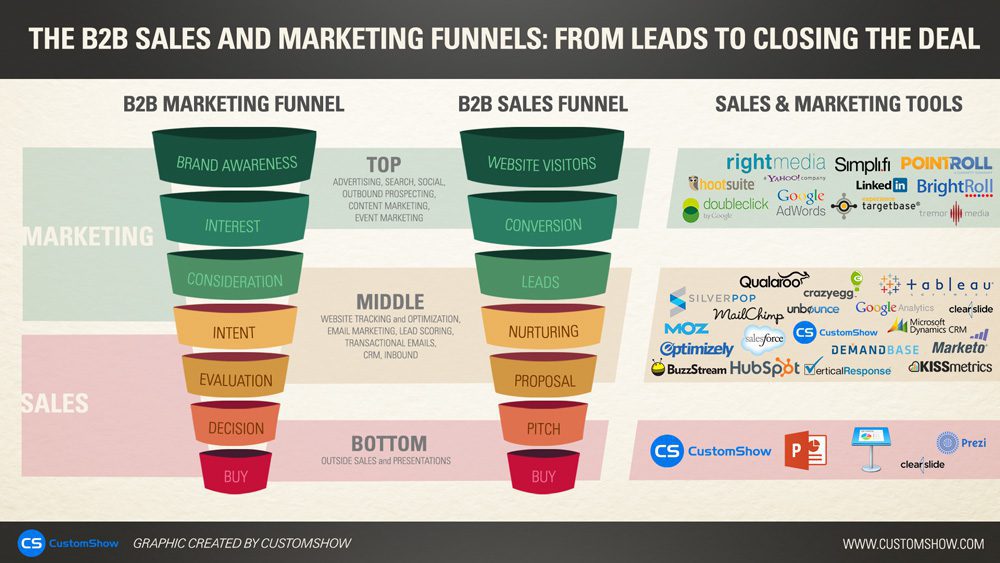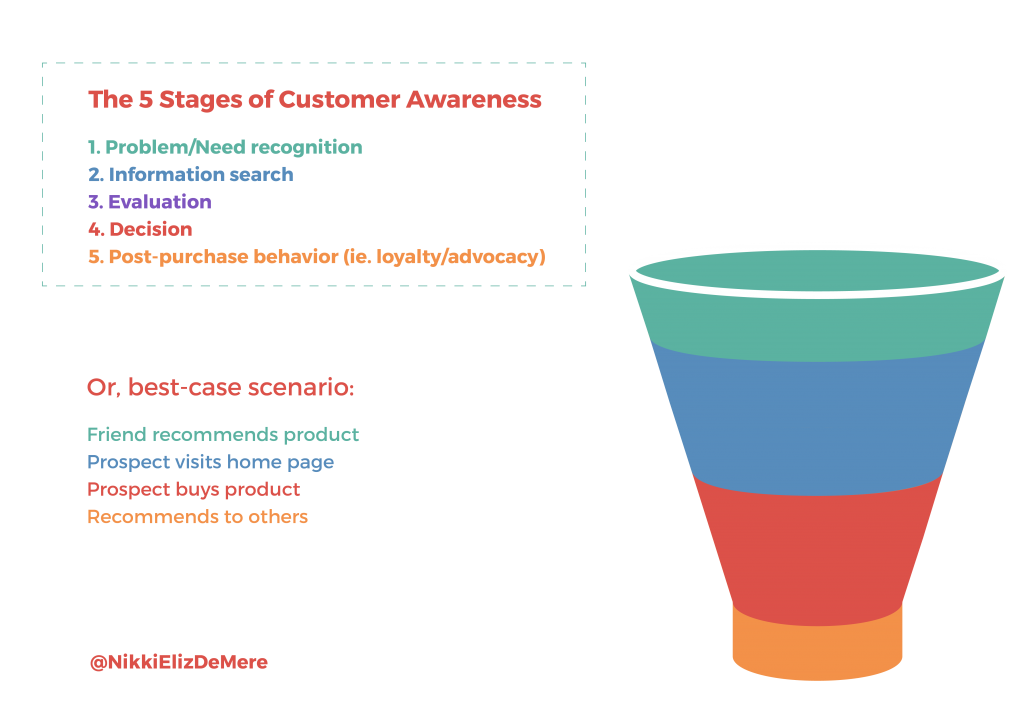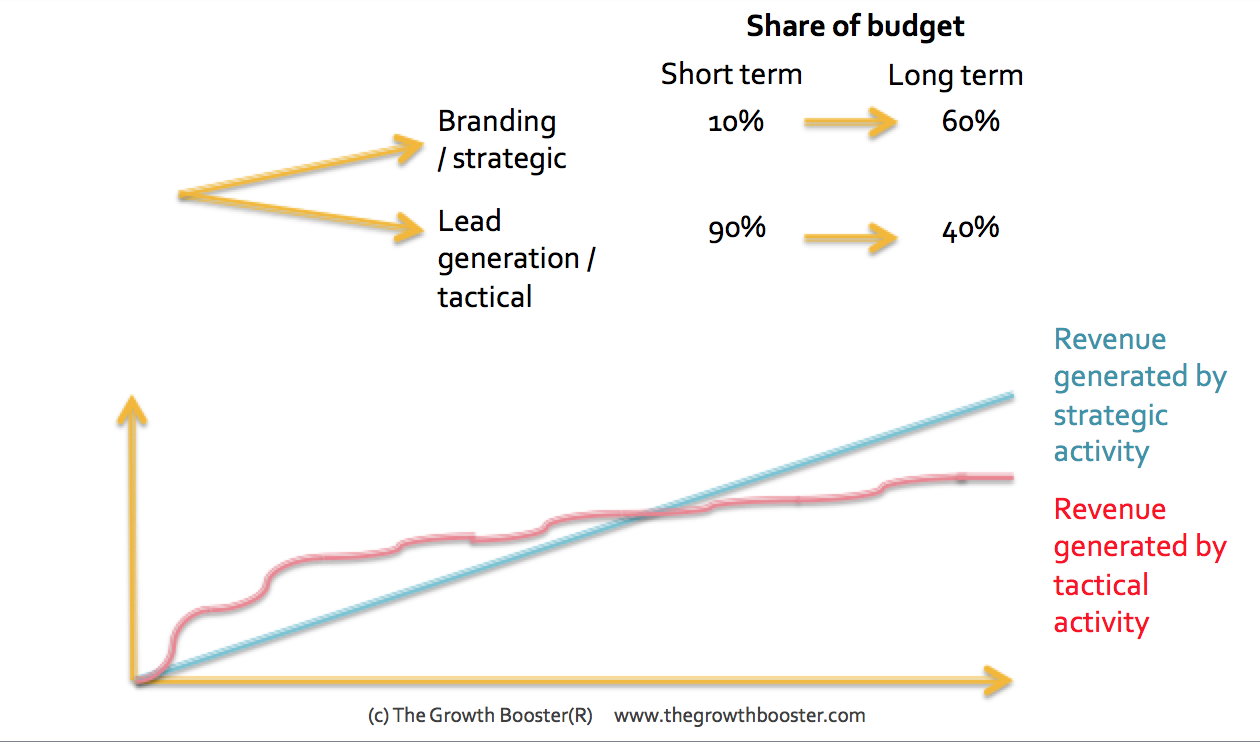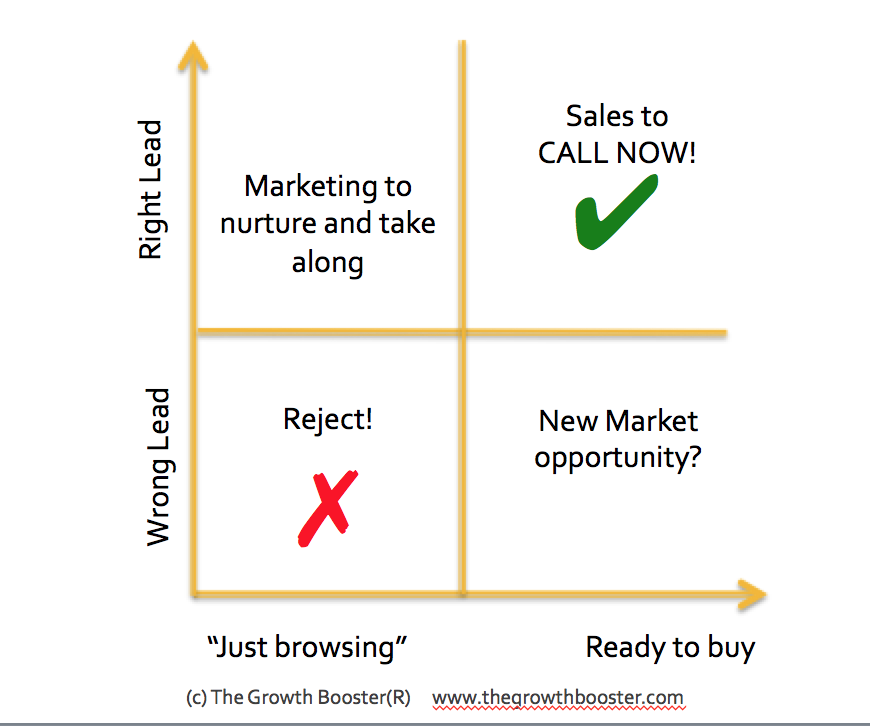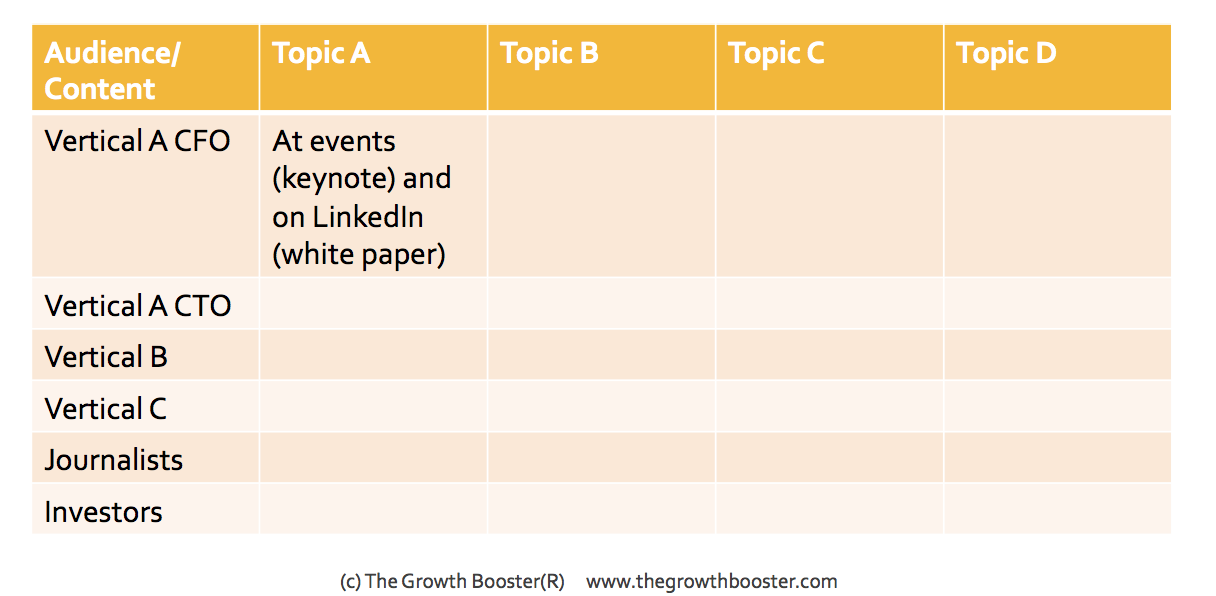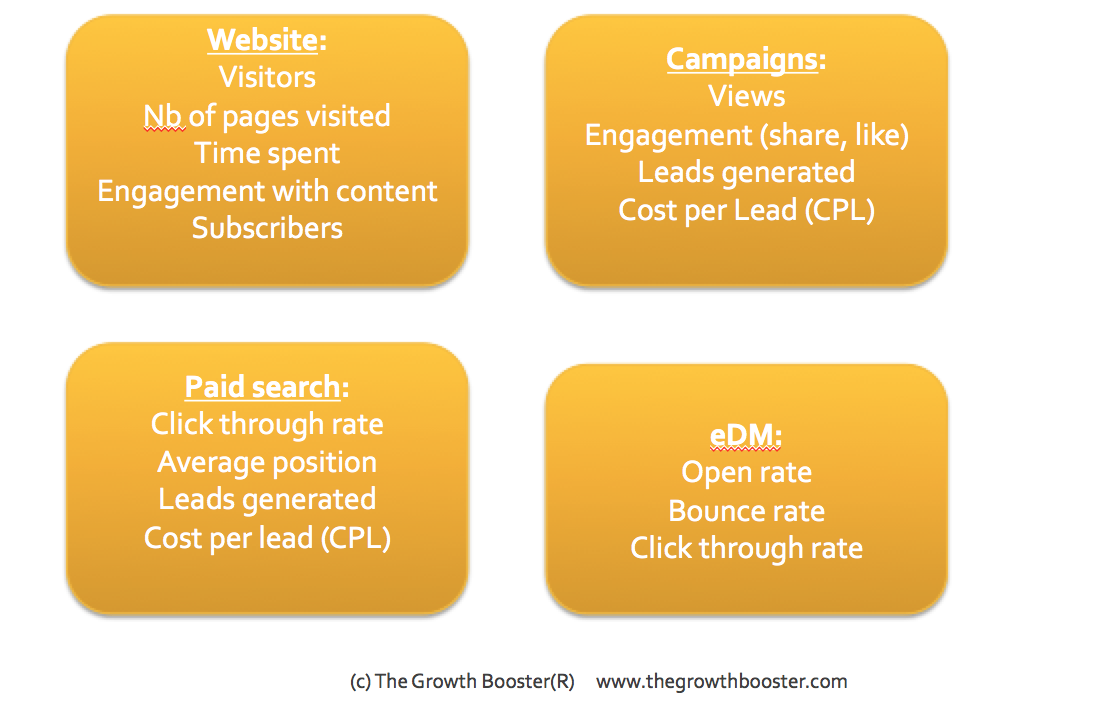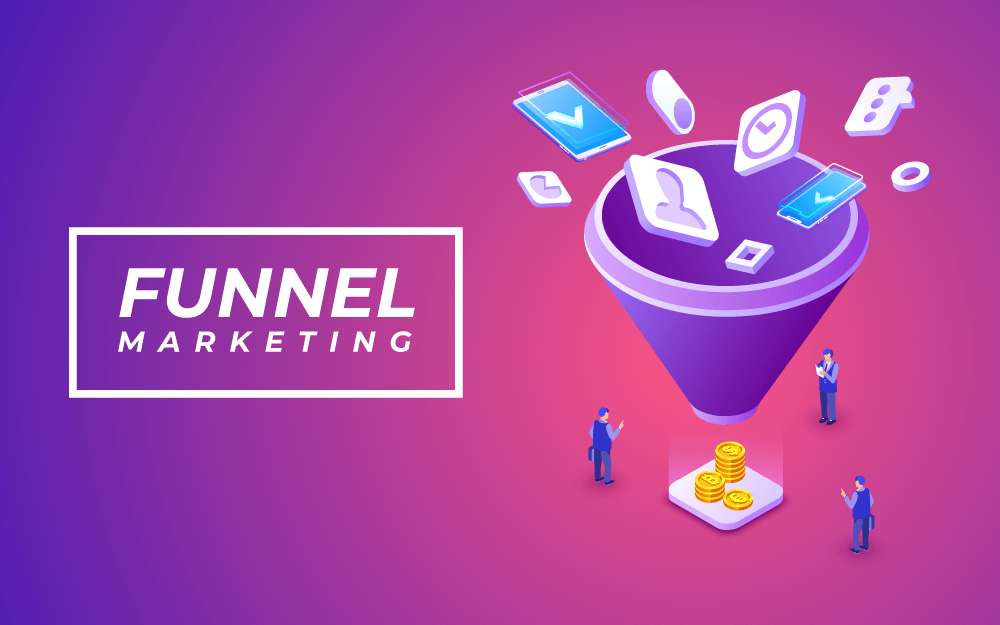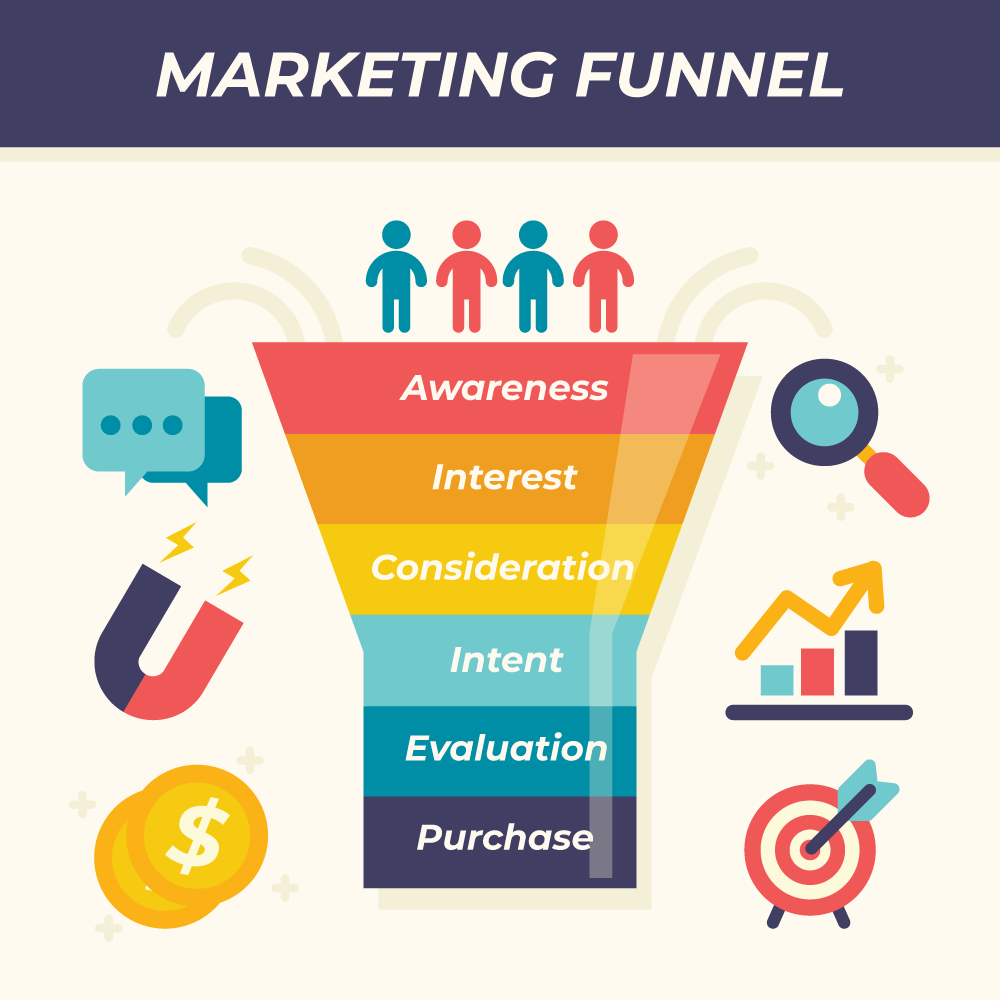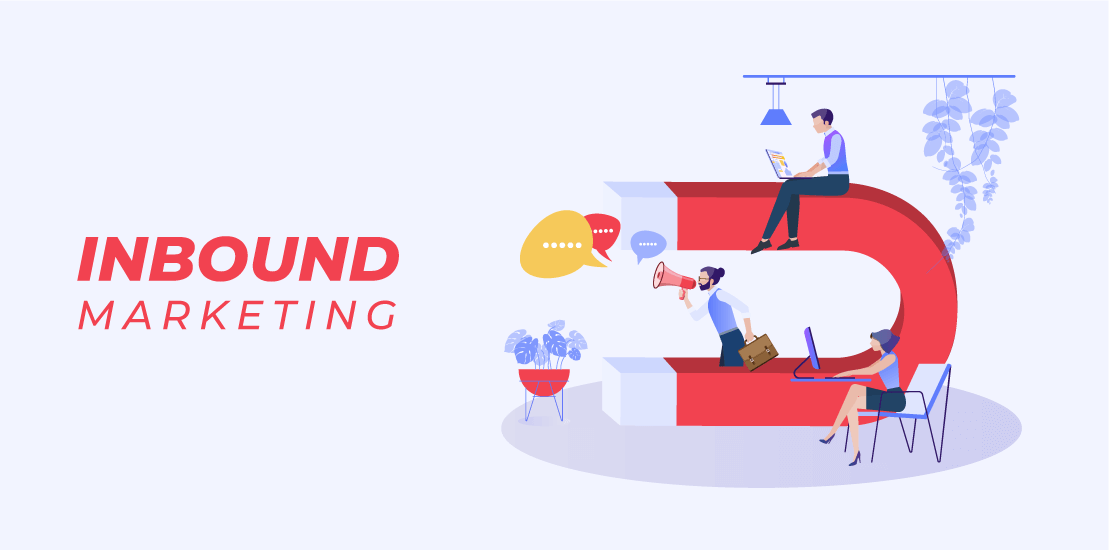Looking to improve and solidify your door to door sales process in 2020? This guide is for you.
Let’s be honest. There is a stigma around door-to-door sales and that it’s an antiquated way of selling. As the next generation of outside sales reps hit the workforce, the majority are unaware just how powerful door to door selling can be.
We know the reason why D2D prospecting is still relevant: it works. Today, 65% of outside sales reps attain quota, which is 10% higher than inside sales reps.
But, it isn’t for everybody or for every type of business. It takes a certain kind of person and process to make the door-to-door sales engine turn.
So what kind of person an business fit the door to door sales mold? We’ll tell you.
The content of this article is originally published on Ultimate Door to Door Sales Guide (with Tips & Scripts)
In this article, we’ll go deep into the D2D sales world and answer the following questions:
1. What is door to door sales?
2. How do you become a successful door to door salesman?
3. What is the best process for selling door to door?
4. What tools do reps need to crush their field sales quota?
Door-to-door sales can be a rewarding sales career for the right individuals, and drive the bottom line for businesses in many different industries.
Let’s get started.
Table of Contents
- Key Pillars of the D2D Sales Process
- Traits of a Successful Door-to-Door Sales Professional
- 11 Door-to-Door Sales Tips & Techniques to Crush Sales Quota
- Canvassing Techniques
- How to Recruit a High-Performing Door to Door Sales Team
- 3 Door-to-Door Sales Compensation Models
- The Ultimate Door-to-Door Sales Toolset
What is Door-to-Door Sales?
Door-to-door sales (D2D sales) means that the sales rep is participating in door-to-door prospecting, which indicates a system of direct contact with individuals. Rather than relying on marketing to bring in new customers, the sales rep walks from one place to another, doorway to doorway in the literal sense, engaging prospects in conversation about the features and benefits of their product or service.
D2D canvassing techniques are also used to market, advertise or campaign. In all cases, a door-to-door salesman or saleswoman is attempting to get a person interested or ready to buy their product, service or idea. They are generating demand.
Key Pillars of the D2D Sales Process
Prospecting: The search for new customers is called prospecting. Prospects are essential to your sales funnel because you have to have new customers coming in to grow. Finding them is a crucial part of your sales process.
Qualifying: Qualifying means you have identified a need your prospect has that matches one of the features or benefits you offer. Qualifying prospects is to establish Pain (enough pain to buy), Budget (money to buy) and Decision (authority to buy). It requires a door-to-door salesman (or woman) to ask lot of open-ended questions and listen and respond to their answers.
Pitching: When you make an offer and describe the benefits to your qualified prospect, it is called pitching. Knowing the lead’s needs is essential to your success. You provide a solution to their pain points and explain how your product makes their lives or jobs easier.
Closing: Closing is when you ask the potential customer to buy your product or service. There are numerous ways to ask for business, and finding the one that works best for you and each qualified prospect is a vital skill for successful door-to-door sales.
Follow-up: After the sale, the door-to-door salesperson should establish contact to ensure the customer received what they ordered, felt satisfied, and received answers to any questions they might have. This is called follow-up. It is essential to establishing a relationship with your new customer, and the gateway to future opportunities with the customer, should their needs change.
Cost of Door-to-Door Lead Gen
There are two types of leads in any organization:
1. Inbound leads: Any potential customers that you have as a result of marketing efforts (leads that find you through marketing material).
2. Outbound leads: Any potential customer that you have as a result of you contacting them (lead that you find).
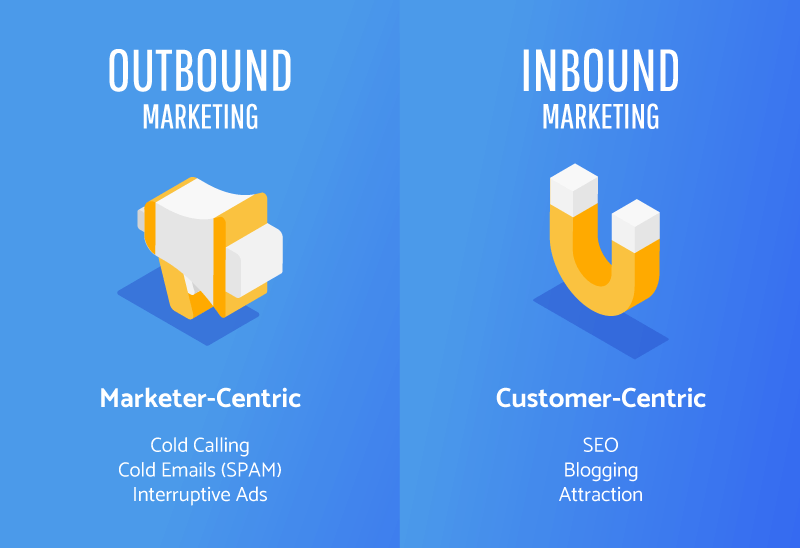
How a sales rep handles an inbound lead is different than how he or she would handle an outbound lead. Whether a lead is inbound or outbound indicates where the lead is in the selling cycle.
Inbound leads are likely past information seeking. They are now determining who has the highest quality product or service for the best value. A sales rep would want to concentrate on building a relationship with an inbound lead.
Outbound leads are likely not information seeking. They were not planning on purchasing your product or service and might not have even been aware that your product or service existed. A sales rep would want to have a comprehensive and systematic follow-up process with outbound leads that establishes need and then follows up with solutions to the need that have benefits for the prospect.
If you handle all leads the same way, you miss the opportunity to help the lead from wherever they are in their buying process. This system leads to lost sales, which in turn drives up your cost per lead.
Many lead management software systems allow you to create a custom field to indicate which type of lead the sales rep has so they can prepare appropriately.
Traits of a Successful Door-to-Door Sales Professional
Like all sales professions, specific traits will help a door-to-door sales person achieve success. We have identified a few core skills and personality traits that most successful professionals share:
1. They know their product inside and out. To share the appropriate features and benefits, or even to establish need, the sales rep must have mastered product knowledge.
2. They provide value to the customer with their expertise. Customers are more educated than ever before with the resources available to them online. If the sales rep only tells them what they already know, they are not providing any value. HubSpot recommends that D2D sales professionals educate the prospect on what they can’t discover on their own, and thereby add value to the future customer’s experience in the sales process.
3. They build rapport with people they just met. The most successful sales professional in D2D sales (and otherwise) are people that have excellent emotional intelligence and are skillful in the art of finding connections with other people. Some people have these skills naturally and don’t have to think about it; others have to research a prospect to find common ground. However they do it, the ability to build rapport is a critical skillset in the D2D profession.
4. They understand how to ask questions that qualify prospects. The best ask questions that reveal pain points the prospect feels. By using open-ended questions to gather information and using close-ended probes to establish needs, they uncover how their product or service can help solve the prospect’s problems or answer their needs.
5. They are expert listeners. Once they ask questions, they let the prospect answer and actively listen. If you’re always talking, you are not hearing what the potential customer is saying that will get you closer to yes.
6. They are excellent at WIFM. Communicating the benefits a prospect will enjoy after their purchase is essential to getting to a yes. WIFM stands for, “What’s In It For Me?” The ability to provide the appropriate benefit of your product or service to answer the needs uncovered in the questioning and listening phase is crucial.
7. They know how to establish expectations for the call. It’s vital for the sales rep to help the prospect feel comfortable with the interaction. The most successful salespeople explain to the prospect what will happen next. InsightSquared.com suggest creating a Buyer-Seller Agreement, which is a verbal agreement that outlines what will happen next in the call. This makes the lead more comfortable.
8. They outline the purchasing process well. Honesty is key to building trust. Sales reps that explain what the prospect will experience before, during, and after the sale will be successful at establishing that trust—if they tell prospects the truth. HubSpot warns sales professionals not to play fast and loose with the features and benefits, or the possibility of adding a feature or benefit unless they know for a fact they can. If they are unable or unwilling to follow through, it damages the trust and ruins the relationship (and potential for future sales) with the customer.
9. They are strategic about prospecting and manage their time well. Smart prospecting can help establish a better lead stockpile. Whether that means calling on current customers and looking for referrals or reviving lost opportunities, InsightSquared.com suggests the most successful D2D sales reps are strategic in their efforts. Also, the most successful in D2D sales manage their time well, meaning they focus their efforts on the most likely candidates and recognize when a deal isn’t going anywhere.
10. They have a few ways to close. Knowing how and when to close is a critical skill for all sales reps, especially in the D2D sales environment. Not all customers are the same, and neither are your prospects. When you are presenting and handling objections, you should also be thinking of how you will ask for the order.
11 Door-to-Door Sales Tips & Techniques to Crush Sales Quota
Master the product.
Why is this important?
Excellent product knowledge is paramount to your success. After all, you can’t sell what you don’t understand.
Actionable Tip:
Focus in your training on how to explain the features and benefits to someone who knows nothing about your product. Ask a friend or family member to listen to a demonstration. Then ask what questions they have or if they have feedback on your presentation.
Prospect smarter.
Why is this important?
Qualified prospects are the best prospects that will lead to more revenue for your company’s (and your) bottom line. By finding the fastest ways to identify qualified prospects, you shorten the selling cycle and close more sales. Additionally, by having a solid lead qualification process in place, you can sell with confidence knowing you’re not wasting valuable time pitching to an opportunity that’s a poor fit.
Actionable Tip:
Asking your satisfied customers for referrals is a fantastic way to get qualified prospects. Not only will a satisfied customer want to help you, but they are also likely to refer you to someone they know needs your product or service because they don’t want to irritate their contacts with a pointless sales call. This tactic might also work with people you are working with currently or recently interacted with, even if the outcome is still uncertain or was not a sale.
Find the pain.
Why is this important?
When the pain of change is less than the pain of the status quo, prospects will invest in solutions. Sometimes a prospect might have become accustomed to a pain point in their current situation; bringing it to the fore and reigniting its effects can help move a prospect forward in the sales cycle.
Actionable Tip:
Asking questions about common issues your product or service solves (and you know are prevalent in your prospect’s experience) is a way to uncover the pain. Asking how those challenges affect something that is important to the prospect, like their productivity, their time resources, or their profits, will get them to think about the importance of resolving the issue.
Employing the Sandler Selling method here would be ideal because this technique is built around selling to a prospects pain points.

Watch for body language.
Why is this important?
People communicate with far more than their words. Recognizing and understanding the visual cues that people give you can tell you a lot about what they think of your product or service—even if their words say something else.
Actionable Tip:
Entrepreneur.com recommends knowing your pitch so well that you can give it while simultaneously assessing the signals your prospect is giving you. Reading facial expression, body position, and even breathing patterns can give you information about whether you cold-call is giving you the cold shoulder or warming up to your suggestions.
93% of people’s judgment of others are based on non-verbal inputs like sales body language.
Pitch perfect.
Why is this important?
People form impressions of you fast. Some experts estimate that you make an impression that lasts in only 10 seconds. So, you need to communicate what you are selling and your best information, quickly.
Actionable Tip:
The perfect pitch is comprised of four parts: introduction, questions, present, and close. In other words, you should have mastered the four parts of the pitch before you even stepped out of your car. First, introduce yourself and your product while making eye contact and smiling. Then, ask questions to qualify the prospect, preferably with open-ended probes that get the prospect to do the talking. Present your product with the pertinent information first and keeping it short. Finally, ask for the business.
Realize the “no” faster.
Why is this important?
D2D sales is a numbers game, which makes time a vital resource for you. There is a lot of rejection involved. Some people are upfront about it, but many people are too polite. Polite people will let you pitch even when they have no intention of buying, which only takes up time you could be spending with someone who is interested. It’s better to get the no over with than to waste their time (and yours) being nice.
Actionable Tip:
Entrepreneur.com. says that you should make people comfortable saying no. In other words, give them an out if they are just being polite.
Example: “If at any point you feel the product I’m selling is of no value to you, please don’t hesitate to tell me so. You won’t hurt my feelings and I don’t want to waste anyone’s time.”
If you have a product with you, you could show it, presenting it to them as a solution to their problem. Then you could ask them if they think your product is something that might help them or not. Not only will it allow them to politely decline earlier in the sales call, but it might also encourage them to look more closely at what you are offering rather than secretly plotting their escape from your pitch (politely, of course).
Craft a sales script.
Why is this important?
Knowing what you are going to say and what you need to find out will help a lot when you are making cold calls. In addition, it will help you seem eloquent and knowledgeable, which are important traits in a d2d sales success. Furthermore, it will help you stay on track and calm in a sales call that you are trying to move forward.
Actionable Tip:
Ensure that you take notes about your calls as you work. Over time, you can learn what qualified leads had in common. The script should include basic details, like the introduction and the pitch, but it should also have questions you use to qualify leads. By putting together a script you use as a road map, you can navigate the sales call and quickly eliminate those calls that are not going to buy while finding the best possibilities for a sale.
Learn how to handle objections.
Why is this important?
Objections are the reasons prospects have for not buying your product. In a D2D sales situation, these reasons might also be a way to put off a yes. It is your job to determine if the objection is really a no or just an obstacle to your next yes.
Actionable Tip:
Use the LAER model. LAER is an objection-handling concept created by Carew International (a leading provider of sales training, leadership development and customer service programs). LAER stands for Listen, Acknowledge, Explore and Respond. In other words, pay attention to their objection, accept that you understand it can be a problem, ask them why they feel they way they do, then reply to their feelings with empathy and an explanation that might convince them otherwise.

Focus on process.
Why is this important?
Sales is all about results. However, if you only focus on getting results, you are setting yourself up for a difficult journey. Many things about d2d sales success are not in your control. Your best bet to be successful anyway is to maximize the benefits of working on the things you can control. Things like your attitude and your responses are within your control. Promotions and territories you work are not. Keep working through the process rather than the getting the sale will bring you the results you need.
Actionable Tip:
Influencive.com suggests that focusing on what you can control is the best way to work your process. Concentrate on working efficiently, introducing yourself clearly, delivering effective presentations, and handling objections well will help you get the results you want.
Know your numbers, and track everything.
Why is this important?
Just like your process is crucial to your success, understanding your areas of opportunity are also. It is essential to record your activity and results, so you can identify these areas. The sooner you address a problem in your sales process, the quicker you will get the results you need. However, if you don’t know what’s wrong, it will likely just get worse.
Actionable Tip:
Influencive.com says that keeping a record of daily activity that includes how many calls you had, people you talked to, demos you performed, and units you sold. Then analyze your results. For example, if you didn’t talk to enough decision makers, you probably called on them at the wrong time. If you didn’t sell a lot, maybe your demo needs work. Once you identify what the trouble is, you can fix it.
Always follow up.
Why is this important?
In D2D sales, you just met the person. They likely need time to make a decision. You should follow-up later now that they know you, so you can establish a relationship and move the sales process forward to a win-win conclusion.
Actionable Tip:
Marketingwit.com advises door-to-door sales professionals to set aside time to canvass and then time to return for call backs. Keep an appointment app or book available so you can organize and optimize your call back schedule by neighborhood or business type. Also, whenever possible gather information like an email address so you can send a note and add them to any automatic follow-up software you might employ as well.
Canvassing Techniques
Canvassing is a skill as much as it is an activity. There are many things that the best door-to-door salesmen and women can do to improve their results.
Technique Tip #1: Gather prospect data for the follow up process.
First, sales reps should see canvassing as a time to meet potential customers, uncover needs, present products and make sales. However, they can also collect lead data for their follow-up process.
The follow-up process is key because many prospects might be highly qualified for your product or service, but not ready to buy right now. If you have their contact information, you can stay in touch in case things change later.
Most people are do not want to give you their email address for fear of getting spammed. However, if you offer them something for free that they can use, they might be more willing to give you the information. A free eBook for example that has industry insight or helpful advice for homeowners might be worth it to a prospect to surrender their email to you.
With that email, you can systemize and automate an email campaign that stays in contact with the prospect. If the potential customer’s circumstances change and he or she wants your products and service, your prospect will have an easy way to get in touch with you.
Technique Tip #2: Schedule an Appointment
During the initial conversation, the sales rep should have a feel for where the prospect is in the buying process. If they sense that more time is needed, they should switch gears to set an appointment rather than making a sale.
Selling an appointment is important to increase the likelihood that the appointment is kept. Polite prospects might make an appointment just to give the D2D sales professional a win at the moment only to cancel it later.
When the rep explains the benefits to the prospect for attending the appointment, the prospect will be more likely to keep the appointment. This technique will allow your sales reps to do more presentations, which has potential for more sales.
There are three critical steps to scheduling an appointment that will stick:
1. Present at least three benefits to the prospect for attending the meeting.
2. Ask for the appointment at a specific time and confirm the date and time with the prospect.
3. Give the prospect an appointment reminder card and ask them to write down the date and time.
Technique Tip #3: Be ready for what happens next.
Whether the answer is yes or no, you need to be prepared for what you want next. Bungle this moment and you could lose the whole prospect.
If the answer is yes, then you should be ready with the sales agreement or appointment scheduler, depending on the type of yes you are handling.
If the answer is no, then you should have a fall back request. For example, Citrus-Connect.co recommends leaving collateral with a request to forward it to another contact that might be in need of your product or service.
The important thing here is to have a positive interaction with the prospect to keep the door open for follow-up later. You might not have a yes today, but that does not mean you could not have one in the future.
Technique Tip #4: Be organized in your efforts.
It is a significant advantage to your success if you have planned ahead and optimized your canvassing efforts. Software programs can help you plot a route and map out a territory you are targeting with your canvassing efforts.
SPOTIO has a Route Planning function to help you create the path for your canvassing route. When you have an efficient route, you get more out of your day and more chances for results.
Technique Tip #5: Always leave behind collateral.
Leaving behind a brochure, card, or door hanger is an excellent way to build awareness about your presence and brand. They not only alert the prospect that you were there, but it might get them thinking about your product or service.
Always leave the collateral before you knock on the door. That way if the prospect answers the door, they will have a reminder of your visit after you are gone. If the prospect isn’t home, then he or she will know you were there.
When you follow up, the collateral might help introduce you and your product. It creates a great opener for you when you meet a prospect for the first time or come back for a call back appointment.
How to Recruit a High-Performing Door-to-Door Sales Team
Recruiting the right people for the job is a significant concern when you rely on canvassing for lead generation for your organization. If you hire the right people, it’s smooth sailing. If you do not, it can mean rough waters are ahead for your canvassing efforts.
One of the first things you should do when hiring a D2D sales team is to know who your ideal candidate is. What traits are you looking for and what kind of skill sets do you require?
You should also decide early if you want experienced D2D sales professionals or candidates that are new it. Experienced canvassers can get right to work and start delivering leads, but they might have a style of some bad habits that you do not want. New canvassers might be slower to start and get results, but you have the opportunity to train them exactly how you want them to do it.
We recommend at least three and as many as five ideal candidate profiles for your recruiting. While it will require a time commitment on the front end of a couple of hours, it will save you even more time in pointless screenings and interviews later.
You can find canvassing candidates online. Craigslist is a great resource for finding able-bodied candidates that fit one of your profiles. Another option is SearchTempest, a site that is a classified ad search engine. Other sites could be Indeed, Jobs.com, and social media sites such as LinkedIn or Facebook.
One employer used to recruit sports teams for canvassing. He would post signs around schools that offered to train high-school aged kids how to participate in door-to-door sales to raise money for travel. More options could be to recruit at community colleges or using yard signs.
Job Description
Your job description should reach out to the right candidates with the right benefits for the candidates. A generic job description will only yield generic candidates. An example could be:
Another example could be:
We have a great sales organization that will teach you everything you need to know about sales. We seek two new candidates for our team. We want to invest in you, so you can produce for us.
We have sales reps that consistently make over $750 per week.
But some make even more. Could you be one them?
If you want to bring an open mind and a positive attitude to us, we will give you all the tools you need to join and thrive on our experienced and successful team. Best of all, you don’t have to know what to do because we will show you.
If you want a job, then don’t call us. But if you want a career in sales with room to advance, give us a call today.
Interview Questions You Must Ask Your Door-to-Door Sales Professionals
Once you have the proper candidates responding to your ads, it is time for you to screen for the best of the bunch. Asking proper questions will qualify your candidates, much like they will do with their prospects. The crucial bit to remember is that you are trying to suss out those candidates that fit your profile of the ideal d2d salesman or woman.
Some examples of great questions could be:
– What do you do for fun?
– What motivates you and why?
– Where have you worked before and what did you like best and least about it?
– What programs do you like to watch on TV and why?
– Would you please describe for me a typical day for you on your last job?
– Can you please share an example of when you convinced someone to do something they were not interested in doing at the time?
– How do you set goals and hold yourself accountable to them?
– What do you want to be doing a year from now? Three? Five?
– Who was your best boss so far and what did you learn from him or her?
– What is the best thing you ever learned in a work training session that you still use today?
– How do you deal with rejection?
– How do you celebrate success?
3 Door-to-Door Sales Compensation Models
Many commission structure options exist for door-to-door to sales reps. All of them share the idea that when you hit your targets, you make more money.
From Commission-only to gross margin to tiered commission, how you earn is a vital part of the job you should understand.
Here are a few of the most common compensation models with pros and cons for each:
Commission Only
What it is: This compensation model does not have a salary. The earnings of the D2D sales professional are variable and dependent upon their ability to close. It is typically a 1099 arrangement, meaning that the sales reps are independent contractors.
Pros: This payment system is best for people that are self-motivated and eager to sell; these people can see sales as a career rather than just a job.
Cons: It can be tougher for people without as much experience as it can take some time to earn enough salary in the beginning; it can lead to high turnover and a negative company culture.
Gross Margin
What it is: While it may or may not have a base salary, a gross margin commission structure pays the D2D sales rep on the amount of profit a sale generates. For example, if the deal is for $1,000, but the cost associated with the sale are $300, then the rep earns commission on $1,000 minus $300, or $700 gross margin. Many organizations that employ this structure believe that all sales should be profitable for the company, and therefore pay less on those sales that have lower margin associated with them.
Pros: The sales rep earns more on sales with higher margins, so they concentrate on higher sales amounts, which will result in more commission.
Cons: Since the sales rep cannot control the costs associated with the order, they can get frustrated by lower commissions than they were expecting, which can result in more turnover.
Tiered Commission
What it is: When a company uses the tiered-commission style of compensation, they pay more commission on sales that occur after a certain level. For example, the sales rep might earn 5% commission on all sales up to $10,000 in a given period, but then earn an additional 3% on any sales over that amount for a total of 8% commission.
Pros: This commission structure benefits those sales reps who have already met their quotas to never stop closing. (In other systems, sales reps might sandbag orders to the following month once they hit their goal, which isn’t best for the company.)
Cons: Sales reps who aren’t going to get much higher than their goal one month might hold orders to the following month to maximize the commission amount they earn by blowing out the next quota (which also isn’t the best thing for the company).
Popular Door-to-Door Sales Industries
Many industries employ a door-to-door sales force. The breadth of the door-to-door sales industry spans a number of niches. Some of the most prominent include the following:
Solar Energy
The residential rooftop solar sales are part of the Solar Energy industry where homeowners agree to have solar panels installed to harness the energy of the sun.
Door-to-door sales works well in the industry because it is a consultative sales process for a complicated product that works best in a one-on-one, in-home consultation.
Roofing
Roofing is a traditional industry for door-to-door sales where the sales rep is presenting the features and benefits of a new roof to homeowners.
Door-to-door sales works well in the industry because the sales rep has access to the homeowner, the decision-maker and roofs need replacing from time to time.
Home Improvement
Home improvement D2D sales professionals demonstrate how homeowners can upgrade or maintain their homes.
Door-to-door sales works well in the industry because the sales rep is talking to the people who will make the decision with nearly every contact; they know which leads are viable within minutes.
Alarm/Security
Alarms and security systems that protect a homeowners property are another industry with a history of D2D canvassing efforts.
Alarms and security systems are a homeowner-focused target, so contacting homeowners is key to its success.
Telecomm
Telecommunications services has been successful in canvassing efforts because it is a product always in demand, and can be switched from a current provider, no matter what door opens.
Like the other industries mentioned, the homeowners are the decision makers and are easy to qualify quickly and accurately.
The Ultimate Door-to-Door Sales Toolset
The door-to-door sales reps’ sales stack you use is a crucial part of success in this type of sales. Both sales reps and managers need the right set of tools to succeed in d2d sales.
Reps
Tool #1 Route Planner
Route planner gives you route efficiency, so you are in the best possible area to talk to people about your product or service. Also, the mileage tracking feature helps you stay on top of your expenses.
Having a strategic approach to canvassing will boost your productivity, allowing you to concentrate on areas that are more likely to have a need that fits with your product or service’s features and benefits.
Tool #2 Lead Machine
- Lead management software allows you to capture the potential customers’ data and any other specific details pertinent to the sales cycle quickly and easily.
- This information is crucial to your follow-up efforts for both productivity and closing sales.
Tool #3 Appointment Setting
You need technology that makes it easy to schedule appointments as canvassing efforts are all about scheduling demonstration opportunities. Our Appointment Setting features make it easy to see your schedule, as well as any other team members.
Having a calendar feature built-in to your technology allows you to lock the appointment down in the moment.
Managers’ Sales Stack
Tool #1: Territory Management
Territory management software allows you to determine strategic territories for your sales reps to cover.
A strategic territory maximizes your team’s contact rate and allows the sales reps to spend more time talking with potential customers.
Tool #2: Sales Leaderboards
Sales Leaderboard tools track the success for your reps on a variety of metrics that measure performance against their peers.
Sales leaderboards encourage healthy competition between reps and boost engagement in contests and other metrics you use to motivate team members.
Tool #3: Rep Tracking
Rep tracking tools allow you to ensure that your reps are where they say they are in real-time. While it can help verify reports, it also can help pinpoint data about the area and its potential for your company.
When managers can track their rep’s activities, they can improve efficiency and ensure that the activities their sales reps engage in are the types that lead to more success.
Costly Door-to-door Marketing Mistakes
Canvassing has things that work and things that don’t. Learn from other people’s experiences and help yourself by avoiding these 7 common mistakes made by canvassing programs that have come before yours:
Not having a lead management software in place: If you don’t track every attempt to measure your success rate, the cost of canvassing won’t make sense with today’s competitive landscape.
Not having processes in place to track follow ups: Not following up costs you. You lose all the investment in your canvassing efforts when qualified leads slip through the cracks.
Not having training and on-boarding processes in place: You must invest in your sales reps, so they can produce new opportunities for you as quickly as possible. Having an efficiency when you bring in a new D2D sales professional helps you get to productivity faster.
Not training sales reps to work inbound vs outbound leads: The leads have different motivations. Ignoring that could mean mishandling a potential sale—and losing them to the competition.
Not having a process to follow up by phone and email: There are a number of reasons why a prospect might not be interested on the first attempt. By following up later, you miss out on opportunities whose circumstances have changed.
Not having email drip and lead nurturing campaigns: When you neglect to implement an automated lead development campaign, you miss out on collecting data and reduce the numbers of potential buyers you could contact.
Not collecting homeowner information at the door: It is crucial to get the information for any potential follow-up. It is never a complete no when you have an email address.
Ready. Set. Sell.
And there you have it. Everything you need to know about door-to-door sales to be successful at doing it, managing it, and implementing it.
Door-to-door sales is an excellent way to develop new leads and it’s vital for you to approach it with talent, strategy, and the right tools.
Door-to-door sales isn’t for everybody or for every type of business. But if you have the right combination of opportunity and talent, you can use it to take your business development efforts to a new level, with opportunities knocking on your door for a change.

